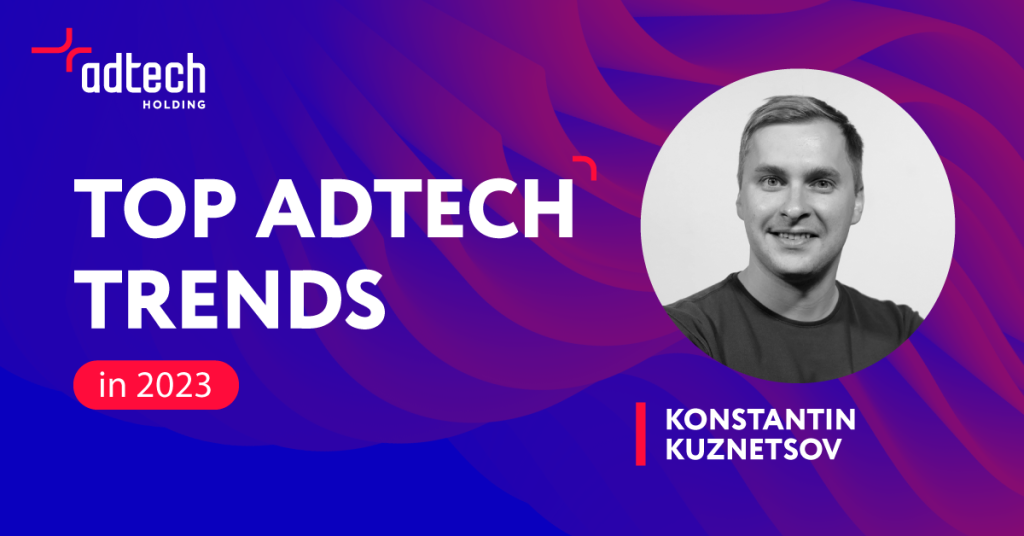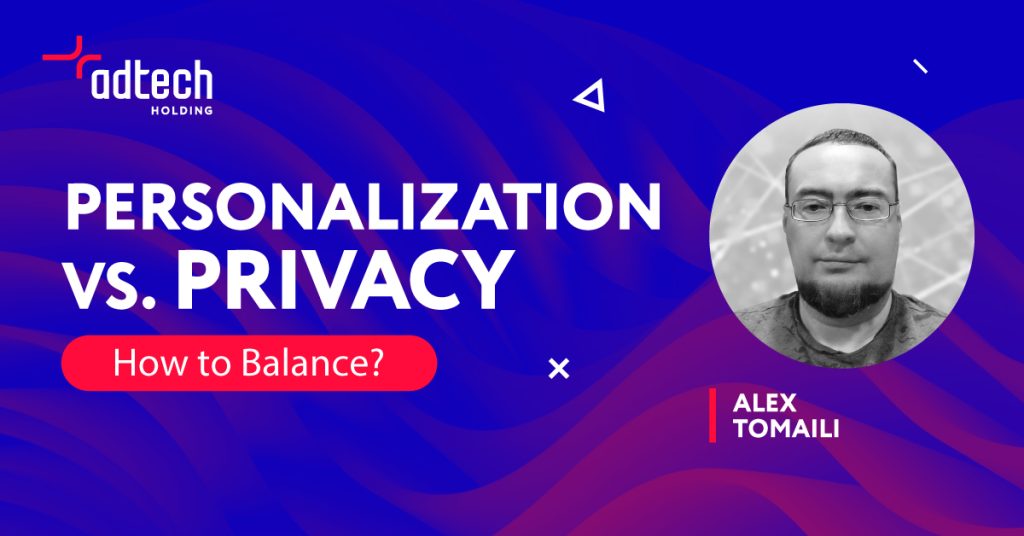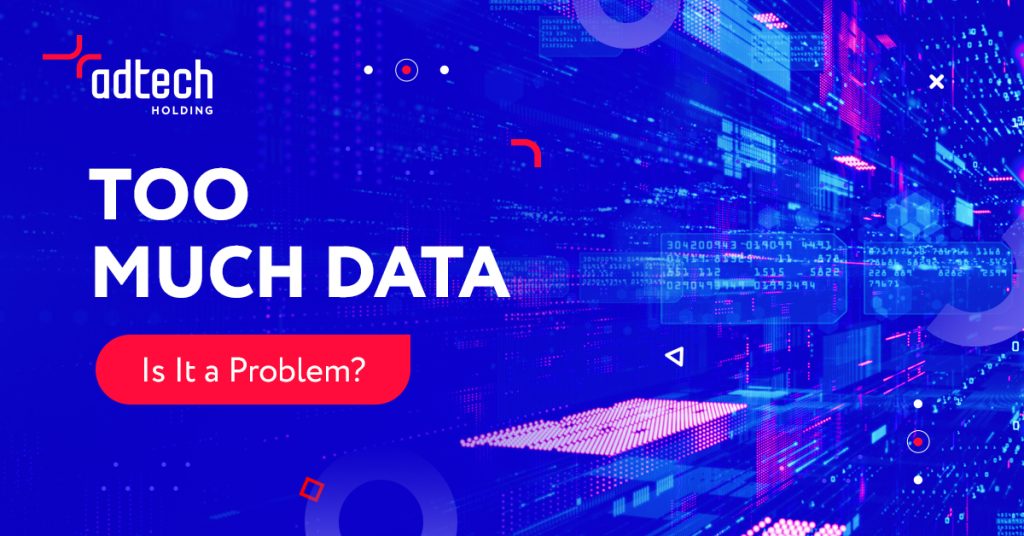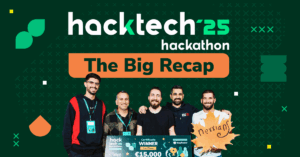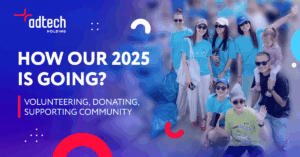How Engagement Technologies Are Revolutionizing the AdTech Industry?
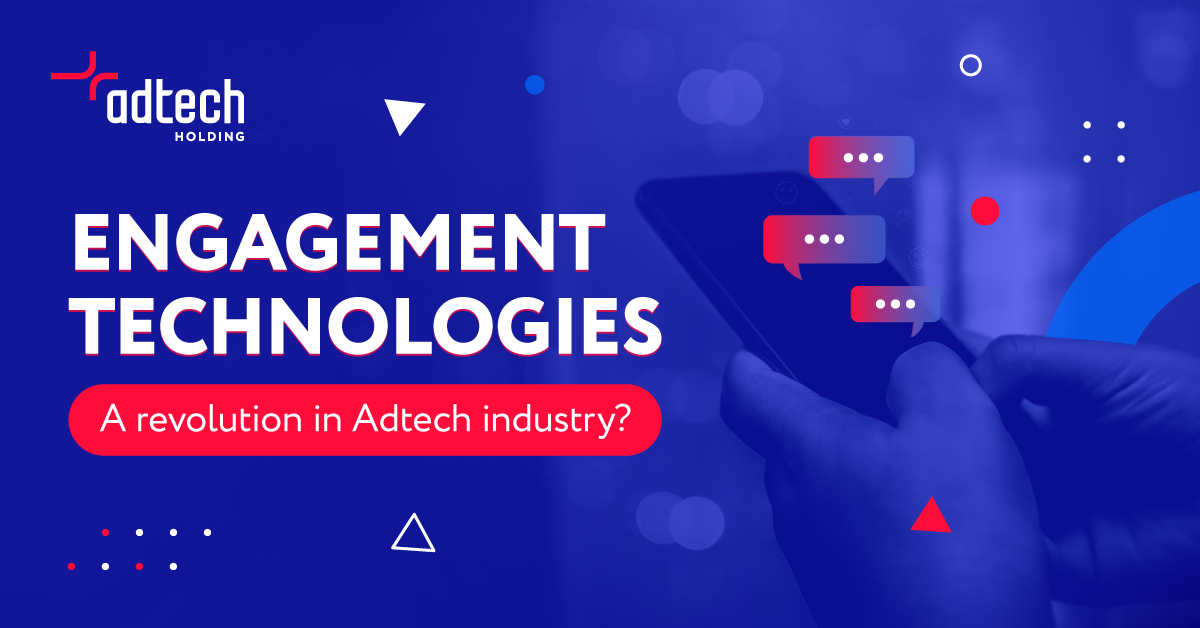
Modern AdTech industry is based mostly on data-driven insights. Audience engagement ensured not only by captivating visuals and copies but also advanced technologies is a core of advertising.
Machine learning for automated optimization, high-tech rotation algorithms, and personalization are more than just buzzwords (even though they are), but also landscape-shaping phenomena of today’s digital marketing. How is that all connected to user engagement?
How do we understand user engagement?
User engagement is a pretty broad concept. In essence, engagement is a meaningful user interaction with ads and/or websites, the one that leads to conversion, which might be purchase, registration, or subscription, as well as simpler actions like commenting and sharing.
While viewability of ads is hardly the main aim most advertisers and media buyers are following, engagement is a motivated action, something that actually follows viewability and brings value to a brand.
Engagement tools and ideas
One of the ways to define engagement is to explain it from the standpoint of ad formats, rotation algorithms, tracking, and other powerful instruments. AdTech Holding’s projects have something to offer here.
Push notifications
Push notifications prove to be an efficient instrument able to boost user engagement up to 80%. With their help advertisers can share news, promo materials, updates, contests, and everything else you may want. These notifications are delivered to the user’s device, so they can be delivered even if people are not browsing your website at the moment. As such, with Push, not only will you ensure better engagement, but also increase chances for re-engagement, or else – motivate users to come back.
Advanced rotation algorithms
Another technology used by AdTech Holding projects is rotation. In our case, ad rotation allows to grab users’ attention more efficiently, since the algorithms behind it ensure that people will see different wisely-chosen offers and ad formats instead of one or two recurring ads.
Say, if a particular user has already seen a Popunder ad multiple times, the algorithm will deliver another format. This is an efficient way to beat banner blindness and keep their attention fresh. The same happens with relevant offers:
Our developers have already created a powerful instrument, which is basically a piece of code placed on the website to deliver various ad formats for testing, iterating and optimizing campaigns and therefore – boosting CPM and profit. It uses machine-learning algorithms to cover all of the actions described above, which means that no other codes for various ad types are needed.
Ethical tracking
Tracking non-personal information is a key to adding more value into ads, while collected data helps brands, advertisers and media buyers to know their audience better and therefore – meet their needs.
User audiences
Technical data can be used to increase ads personalization and overall engagement, but there is more – information about users’ interests for audience gathering and smart segmentation.
Also, advanced targeting tools can define which verticals and offer types interest particular users the most: Gaming, Finance, Dating, eCommerce, and more. The data is based on the previous choices made by users. For even more precise targeting, the algorithm behind this tool considers users’ demographic data, like gender and age.
Surveys
Landing pages and pre-landers that contain surveys – special forms with various questions – can also work as an engagement tool. Not only surveys encourage users to interact with the offer actively, but also they allow to indicate users preferences precisely and with no pressure. Visitors are to choose whether they want to complete a survey or not.
If they do, they usually leave some data like age, gender, and preferences regarding a particular niche (thematic surveys can be anything – from dating to financial literacy). Later on, this information can be also used to add users to different audiences that indicate demographics and interests.
Another trick is purchasing traffic from surveys. This can boost engagement multiple times, since such users are already interested in the offer and are ready to act.
Cross-device and cross-platform campaigns
Another way to deliver consistent messages and engage users even more is cross-platform and cross-device advertising. Adaptive ads that are displayed adequately on various platforms and fit screens of different sizes is a sure way to make your brand maximally visible or keep communication with your audience even in case one of the platforms/devices becomes unavailable. However, this is also a way to engage people even into your ads, since they are displayed just the way you want them to.
AdTech Holding’s projects provide advertising opportunities for mobile, desktop, and plus – in-app, the channel under active development and improvement.
Conclusion: the future of engagement or what’s so special about personalization?
You might have noticed that most of the tools and ideas described above are about personalization and improved user experience, the core of successful engagement.
Nothing can increase engagement more than personalized ads and the reason is simple: precise targeting is a way to high-conversion campaigns that resonate with various audience segments. Personalized ads improve user experience and significantly boost engagement due to their relevance.
AdTech Holding’s developers are constantly working on technologies aimed at personalization from the users’ side and automation from the side of brands and media buyers. We believe that this is the way the future of digital marketing is shaped.
